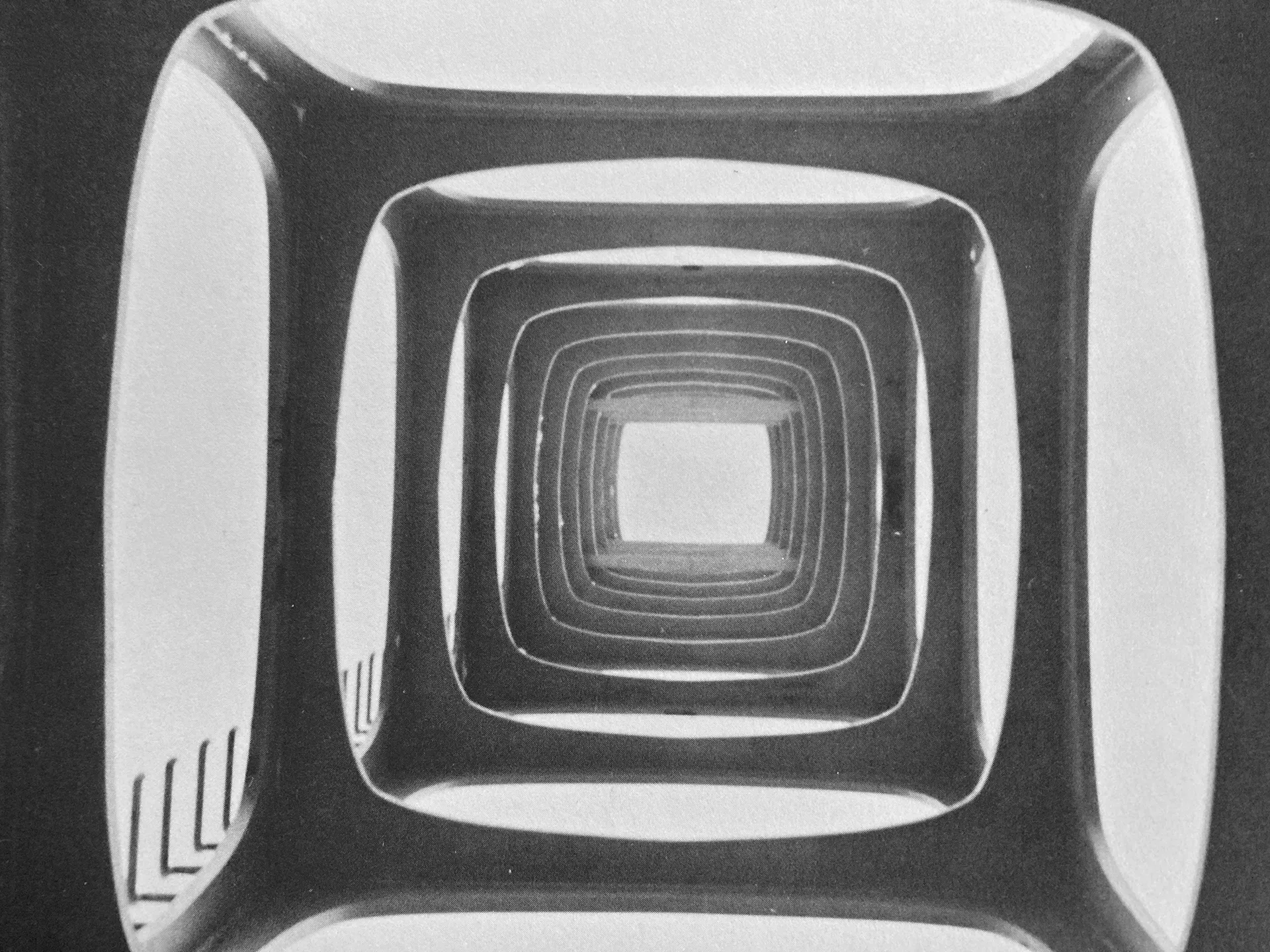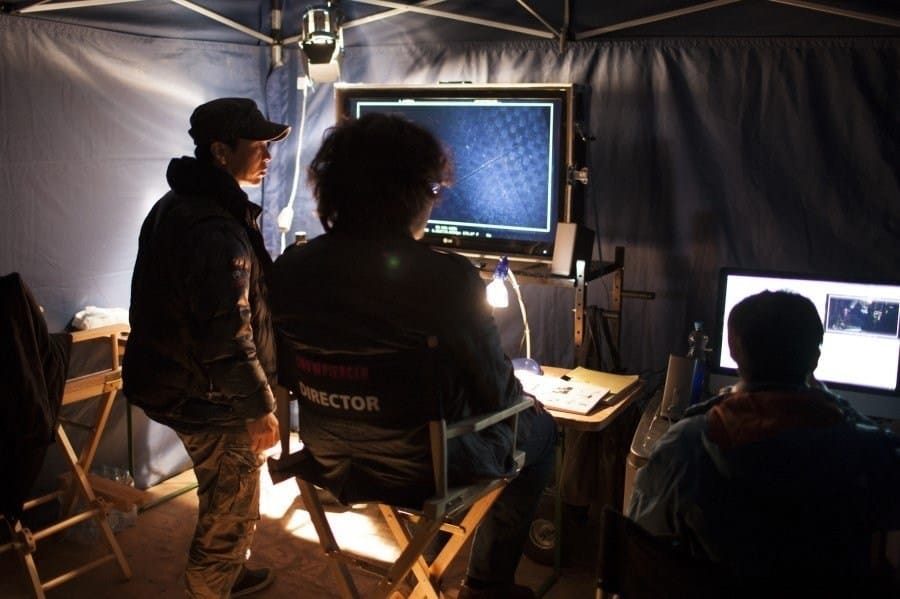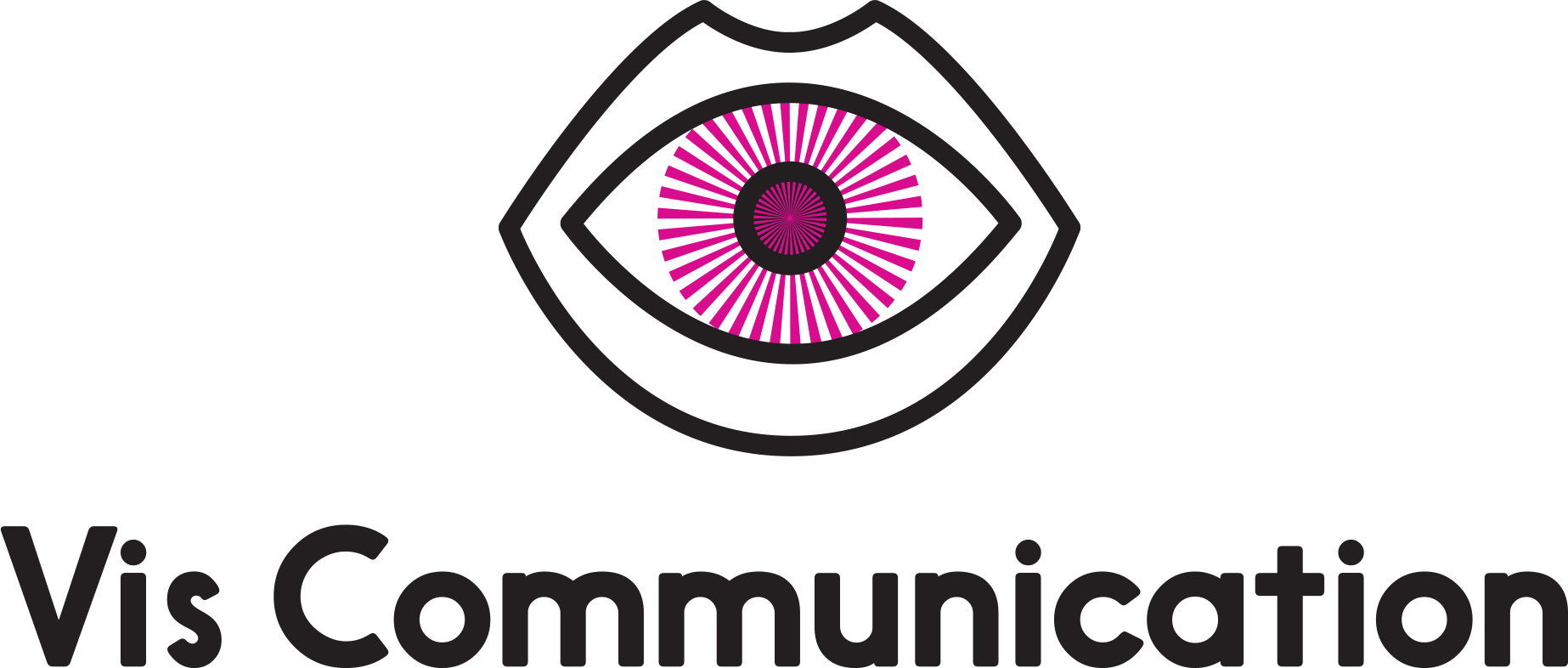It Ain't Over 'Til It's Over
Approved isn't the end – it's a new beginning called Production.

So you just approved a design concept. Congratulations! All done, right? Sit back and have a martini? Nope. It's time for Production. This can mean different things for different kinds of jobs.
Website
If you've approved a design and wireframe, now is the time for development/coding. Think of the design and wireframe as the architectural blueprints of the site. Now it has to be built. Coding is the actual construction. Depending on how much functionality you have on your site, this can be the more complex part of the process. It may take longer than the design phase.
Collateral
You've been looking at your brochure layout as a PDF (most likely) and it looks finished and ready to go. But what's good for digital viewing isn't necessarily right for printing. There are mechanical things to be done such as pulling bleeds, checking colors, checking image resolution (300dpi at size if you were wondering), and converting to CMYK. There may be stock images that need to have licenses purchased. There may be FPO images that need a photoshoot or retouching. All these things need to be correct and in place in the document before it can be either output as a PDF X1A or collected into a folder of source files for the vendor.
Why can't we just do this stuff in the design process? Well, things change and revisions happen, so it's a waste of time to do this until the layout is approved.
PDF – Portable Document Format, You've likely used this, it's an accessible, cross-platform way of sharing a document for approval.
DPI – Dots Per Inch, A way of measuring print resolution for raster graphics.
CMYK – Cyan, Magenta, Yellow, Black, This is the color space for printing. For digital, we use RGB – Red, Green, Blue.
FPO – For Placement Only, A way to indicate in a layout that something will be replaced later.
PDF X1A – X1A is a standard export for printing vendors. Occasionally a vendor will have different export specs, but 99.9% of the time, it'll be an X1A.
Video/Photography
Storyboards are approved! Video and photography typically have multiple Production phases. Pre-production means finding the right director or photographer and communicating with them to get estimates and talk over the concept. There can be lots of moving parts and logistics – things like props, talent, and locations.
Next is the actual Production or shoot. There could probably be a whole article on just this, but here is where the imagery actually gets made. Even if you answered a lot of questions in Pre-production, there are still a hundred questions to field during the shoot to keep everything on track. Fun facts: the last shot of the shoot is called the "martini shot" and once everyone has agreed the shoot is complete, someone gets to call "that's a wrap."

Post-production comes after. So for photography this could be selecting images and retouching. For video, this means editing and graphics. You must achieve "picture lock," meaning the edit is approved, before can you move onto the final finishing of color correction and sound mix.
Digital/Social
Here's a place where expectations often don't meet reality. Meaning, when you're looking at digital things on screen, they look finished. If you're looking at a storyboard for an animated element, that doesn't get built (see construction analogy) until the concept is approved. Also, you might be asked to approve one size of digital ad before the rest of the sizes get created because these days, that could mean five sizes or fifteen sizes. There are programs that help us with this, but there is no magic button.
Note that with any type of project, specs are incredibly important. Production is not the phase to have that discussion. That's why designers are really into questions.
“As I always say, you can’t build a house without a blueprint, and you can’t draw a blueprint without knowing the size of the space you’re working with or its intent. Knowing the specs upfront lessens the likelihood of having to throw away the figurative blueprints and start over, thus saving on time, budget, and creative energy that would have been better utilized planning for the intended purpose to begin with.” — Tony Lawton

